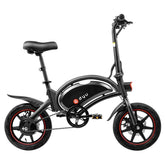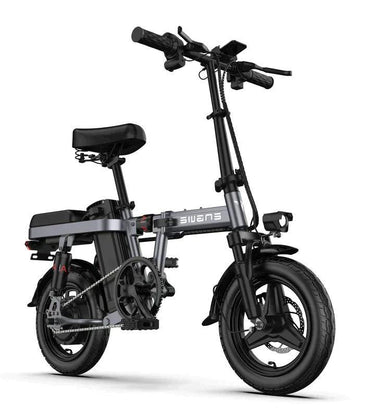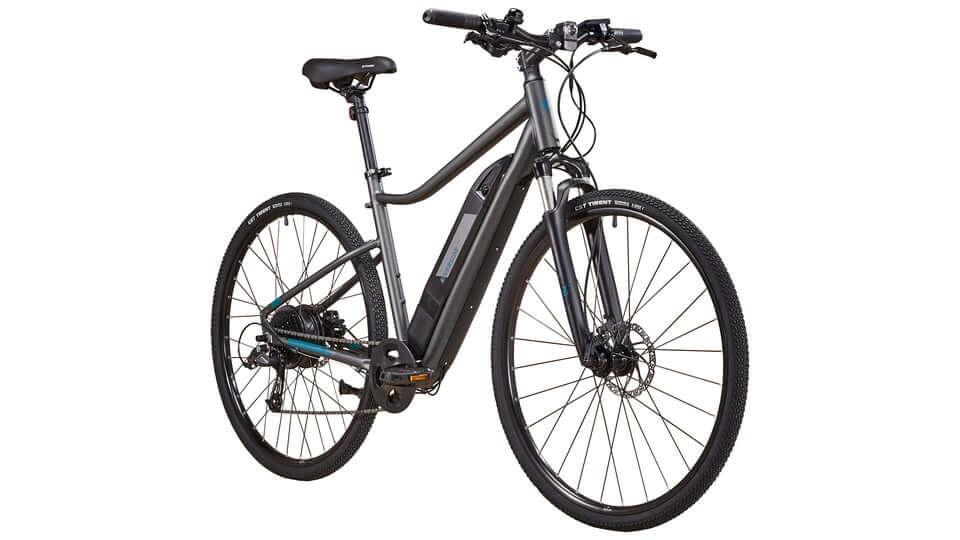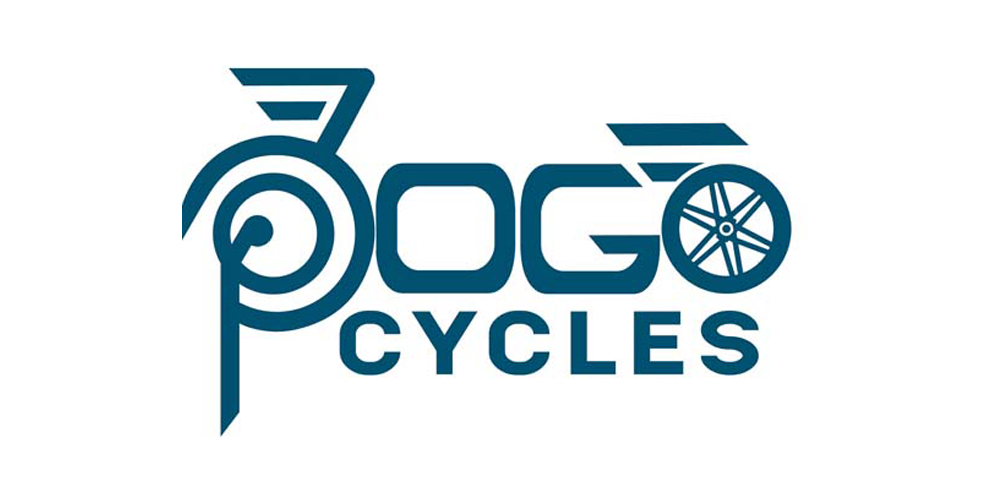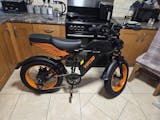Expert's Guide to Buying an Electric Bike
As the popularity of electric bikes grows, finding a proper electric bike for your needs might be difficult. To help you make an informed selection, this article is going to review some key things to look for when purchasing an electric bike.
|
Factors to Consider When Choosing an Electric Bike |
What to Look |
|
Types |
|
|
Weight |
Impacts Stability |
|
Battery |
Key for Range |
|
Range |
Affected by Multiple Parameters |
|
Cost |
Set a Budget Before Buying |
|
Key Features |
|

What Are Electric Bikes?
Electric bikes use a battery-driven electric motor to help you in pedalling. The battery attached to the bike gets power from the motor. With an e-bike, you’ll just get assistance in pedalling, but it will not drive you on its own. The motor is usually attached to one of the wheels (commonly the rear) or incorporated into the lower portion of the bike’s frame. The e-bike has a number of modes, which allows you to balance the amount of power.
Factors to Consider When Buying an Electric Bike
When buying an electric bike, consider the following factors and make a wise and informed decision.
- Types of Electric Bikes
Electric bikes are available in a wide variety of designs and styles to choose from. When buying an electric bike, carefully consider all the types and choose the one that matches your riding style and needs. The most common types are listed below:
Commuter Electric Bike
Commuter or city electric bikes have relaxed geometry and average-sized tires and are used to navigate cities comfortably and carry cargo. They are ideal for short to medium rides around the city. Their design makes them unsuitable for off-roading or rough terrain and long-distance journeys.
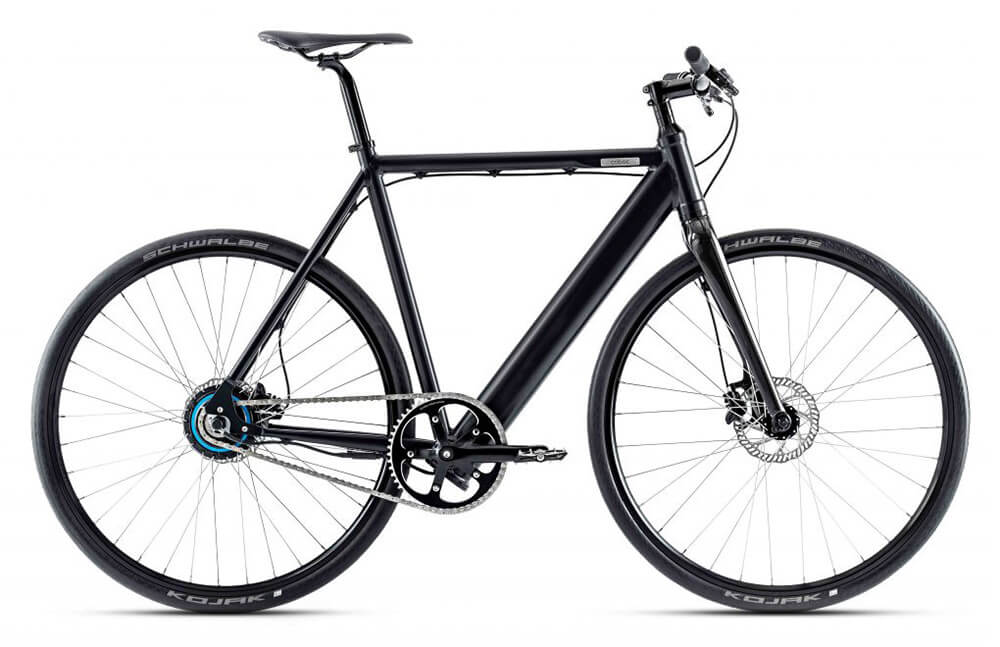
Mountain Electric Bike
Mountain electric bikes are among the best types of bikes that help you climb mountains with less effort, keeping you energetic and fresh during rough terrain riding. They can cost you more than other electric bikes since they are specially designed for high-performance rides.
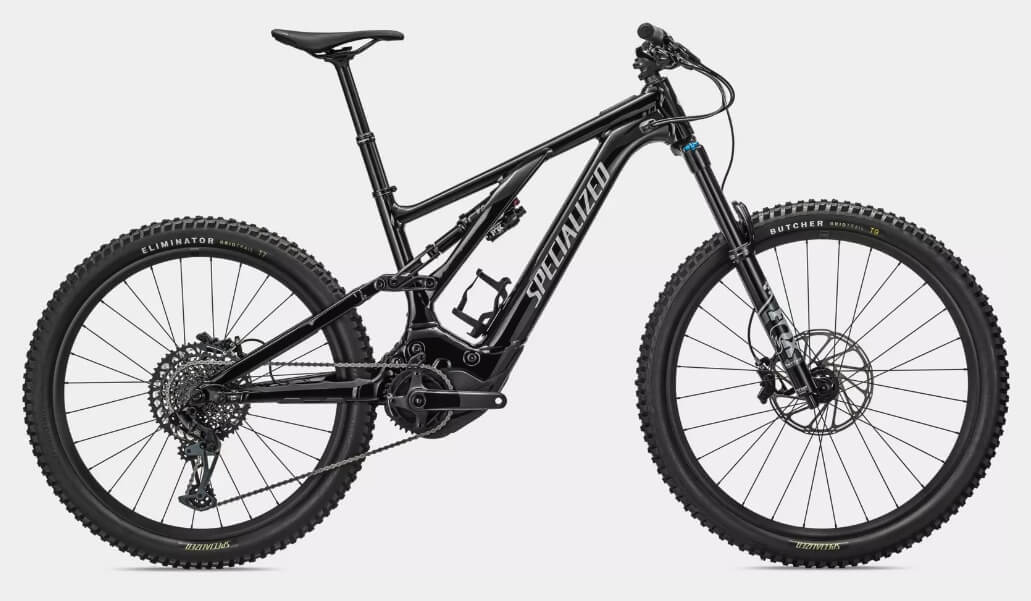
Gravel/Road Electric Bike
Gravel or road electric bikes are built for a variety of terrain, from paved highways to unpaved paths. They are distinguished by a lighter frame, thinner tyres with mild tread, and a more aerodynamic riding position. These bikes are frequently equipped with pedal-assist systems that provide varying amounts of assistance to aid riders in navigating various distances.
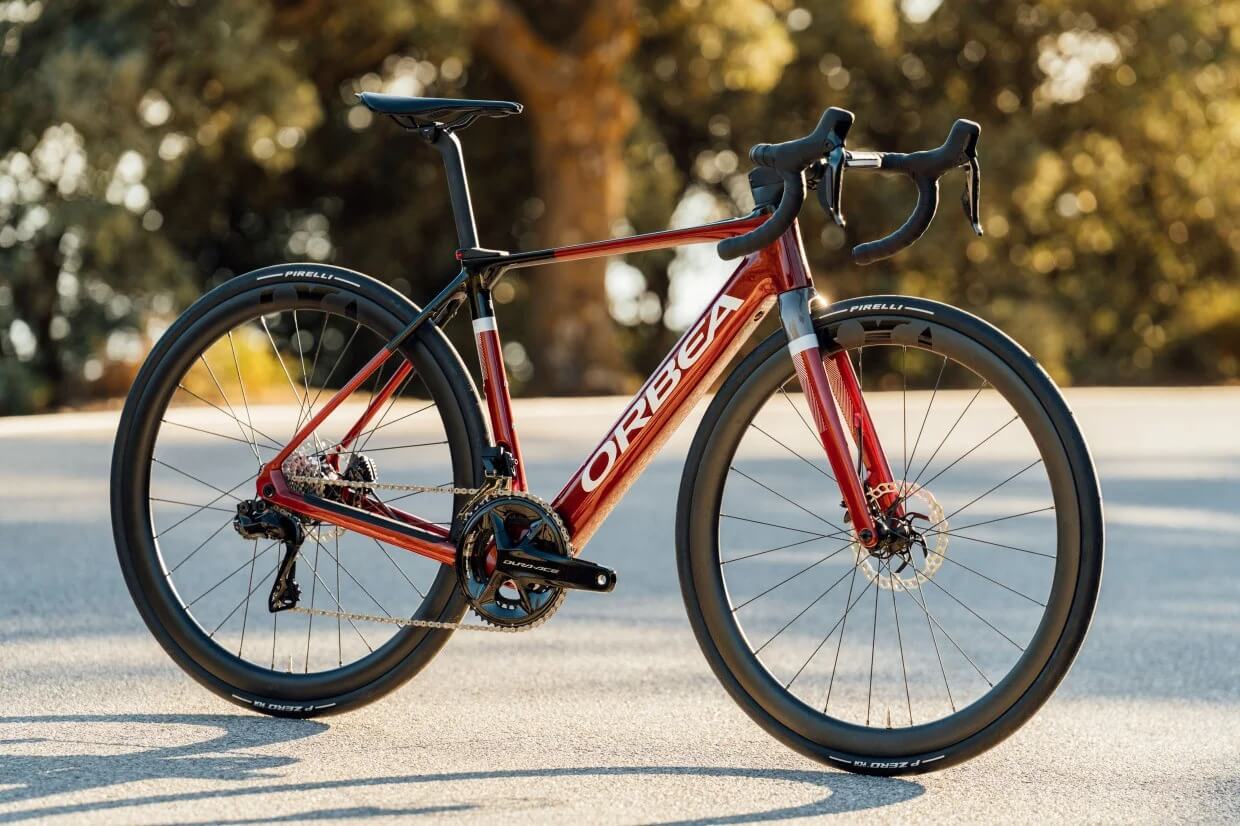
Cargo Electric Bike
Cargo electric bikes are designed to handle high loads and are widely used for urban transit and delivery. They have strong frames and long rear racks or front baskets that allow riders to move groceries or packages. With a powerful motor, these motorcycles make it easy to manoeuvre crowded streets while lugging heavy items.
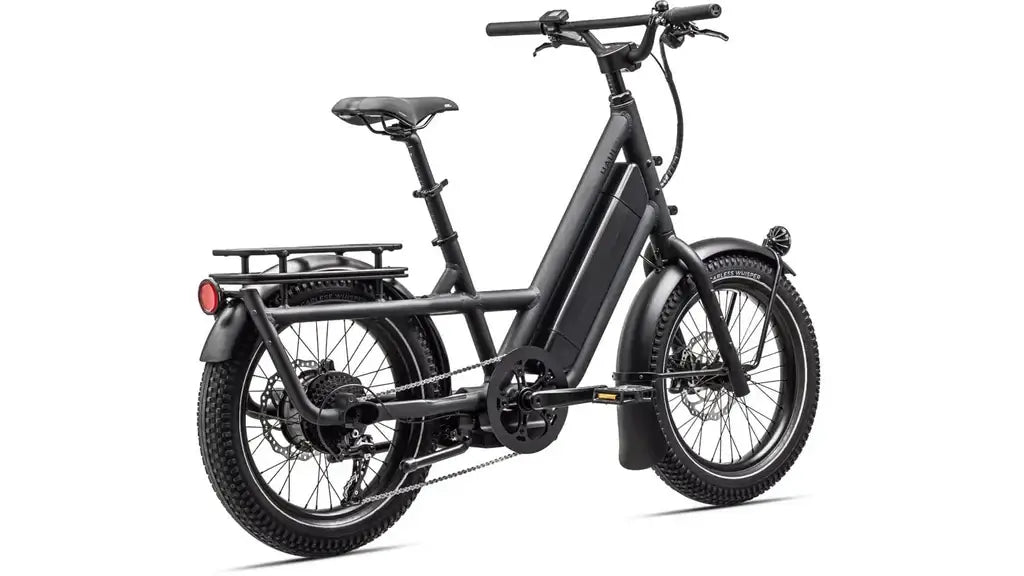
Cruiser Electric Bike
Cruiser electric bikes combine style and comfort with a relaxing riding posture and a laid-back design. These bikes are ideal for relaxed rides along coastal trails or around town. They have comfy saddles and sometimes even extra amenities like built-in speakers, and they deliver a smooth ride with the help of the electric motor.
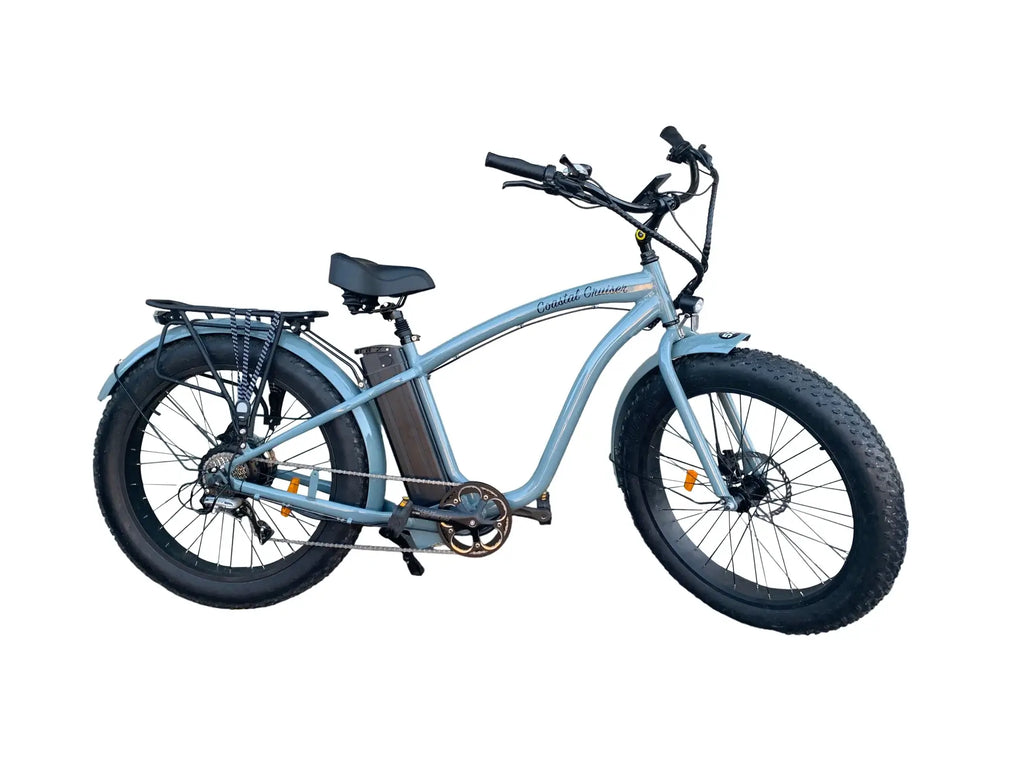
Folding Electric Bike
Folding electric bikes are popular due to their small size and portability. They fold and store effortlessly in small areas, making them ideal for commuters or travellers. These bikes have smaller wheels and a lighter frame, making them ideal for easy transportation. Folding e-bikes make it easy to combine cycling with public transport or to store them.
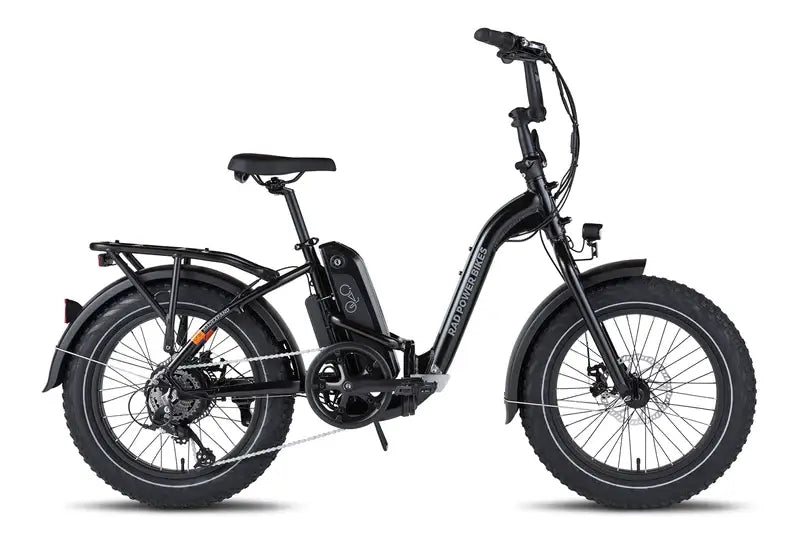
- Weight
The weight of an electric bike is an important consideration because it can affect the entire riding experience and manoeuvrability. Heavier electric bikes may be more stable but more difficult to handle, particularly when navigating tight places. On the other hand, lighter models may be more agile and simpler to handle, but they may lose stability. When selecting a good weight, consider your physical strength as well as the settings you'll be riding in.
- Battery
The battery is the engine of an electric bike, deciding how long you can ride on a single charge. Look for a bike with a high-quality lithium-ion battery, as these are more efficient and have a longer lifespan than standard batteries.
- Range
An electric bike's range is the distance it can travel on one full battery charge. The range is affected by several parameters, including battery capacity, rider weight, topography, and riding style. Manufacturers frequently provide estimates, but real-world situations can differ. To guarantee you have enough range for your frequent journeys, choose a bike with a somewhat higher estimated range than you believe you will require.
- Cost
The price of an electric bike varies greatly depending on aspects such as brand, features, components, and build quality. Creating and sticking to a budget before buying a bike is critical. While getting the most modern and feature-rich device may be tempting, remember that good models are available at a higher price. Look for bikes that provide a nice combination of features without breaking the bank.

Electric Bike Key Features
When buying an electric bike, you need to overlook its features that affect the overall performance of the hike.
Motor Types
Different electric bikes may have different types of motors, which affects the handling of the bike, its weight distribution, and overall performance. There are two main types of motors:
Mid-Mounted Motor
This type of motor delivers power directly to the bike’s chain and is attached near the bike pedals. It usually has built-in sensors which adjust the assistance level automatically depending on how hard you are pedalling.
Hub Motor
This motor is mounted to the rear wheel of the bike and is simpler to fit and maintain as compared to a mid-mounted motor. It is usually attached to the bikes having sible gear, which is ideal for urban riding.
Assistance Level
The Assistance Level controls how much electric motor power supports your pedalling on an electric bike. This feature lets you adjust how much assistance you receive from the motor and tailor your riding experience. Most electric bikes include a variety of assistance levels, ranging from low to high. When you select a higher level of assistance, the motor will supply more power while you cycle, making it simpler to climb hills or cover longer distances without exerting too much effort. In contrast, a lesser assistance level involves more pedalling effort.
Sensors
Sensors determine how an electric bike responds to your pedalling and adjusts its assistance accordingly. Two types of sensors are widely used in electric bikes: Pedal Sensors and Torque Sensors.
Pedal Sensors
The most basic sort of sensor in electric bikes is the pedal sensor. They detect when you begin peddling and alert the motor to assist. They provide a clear on/off response but may lack more complex sensor systems refinement.
Torque Sensors
Torque sensors are smarter and more responsive than pedal sensors. They detect how much effort you apply to the pedals and modify the motor assistance accordingly. This results in a more relaxing riding experience. Torque sensors change the amount of assistance provided according to how hard you pedal. This function is particularly useful for retaining a natural riding sensation and improving overall efficiency.
Walk Mode
Walk Mode is a useful feature in many electric bikes, allowing you to propel the bike along at a slow rate without pedalling. This can be incredibly useful when manoeuvring your bike through crowded locations, up steep inclines, or over obstructions. When the Walk Mode is activated, the electric motor delivers a specific amount of power, making it much easier to push the bike forward. This characteristic is especially beneficial when you're not on the bike but still need to navigate.
Additional Tips to Buy an Electric Bike
- Test Ride: Whenever possible, test ride the electric bike you're thinking about buying. This will allow you to get a sense of its weight, handling, and comfort.
- Warranty: Confirm the manufacturer's warranty. A longer warranty duration usually suggests a better level of confidence in the quality of the bike.
- Reviews: Look for internet reviews and user feedback on the electric bike model you're thinking of purchasing. Real-world experiences can provide useful information on the bike's performance and durability.
- Maintenance: Consider the availability of replacement components as well as the ease of maintenance. Some brands provide superior customer service and have more readily available spare parts than others.
By carefully evaluating these factors – weight, battery, range, and cost – you'll be better equipped to choose an electric bike that aligns with your preferences and suits your riding needs.
- Last Words
Understanding the types, features, and other factors like weight, range, battery, and cost helps you make the best decision when buying an electric bike. By considering these factors, you'll be well-equipped to select an electric bike that matches your preferences and needs, assuring countless happy rides in the future.

